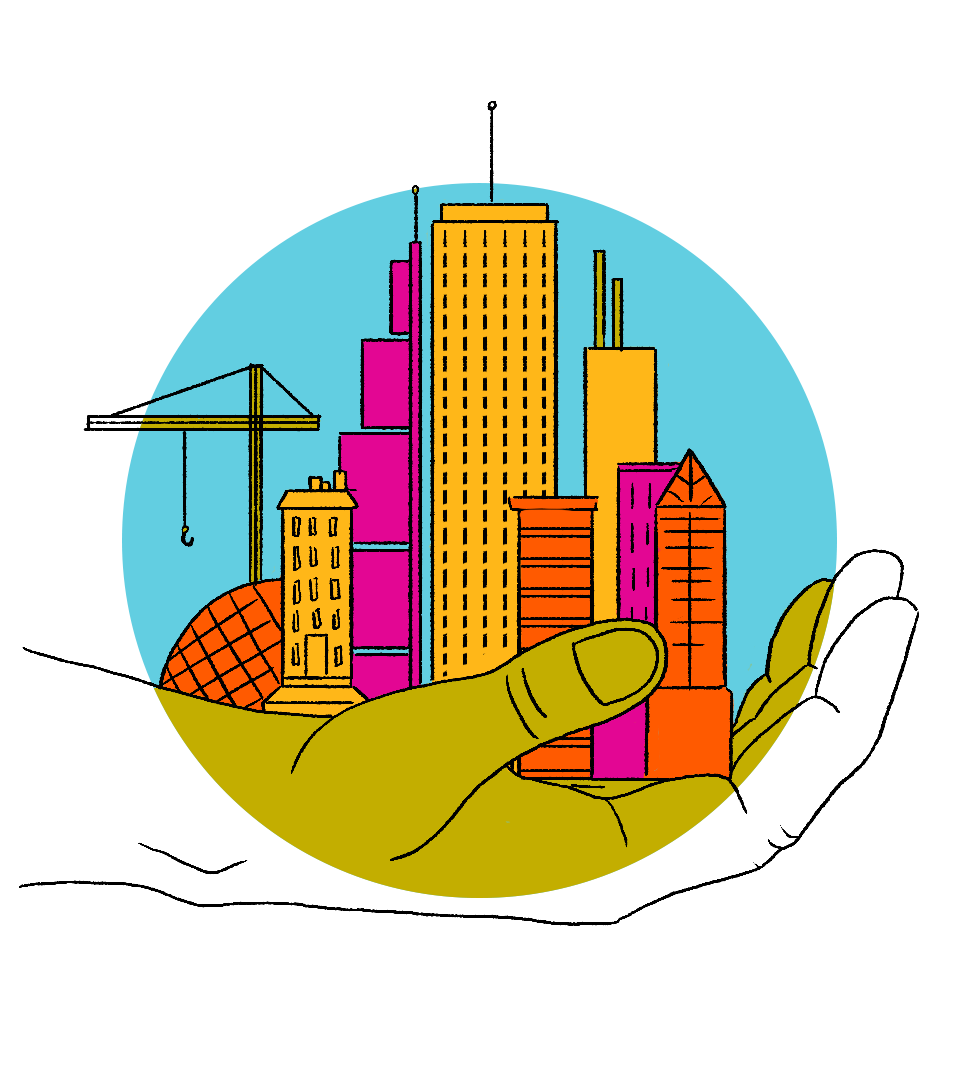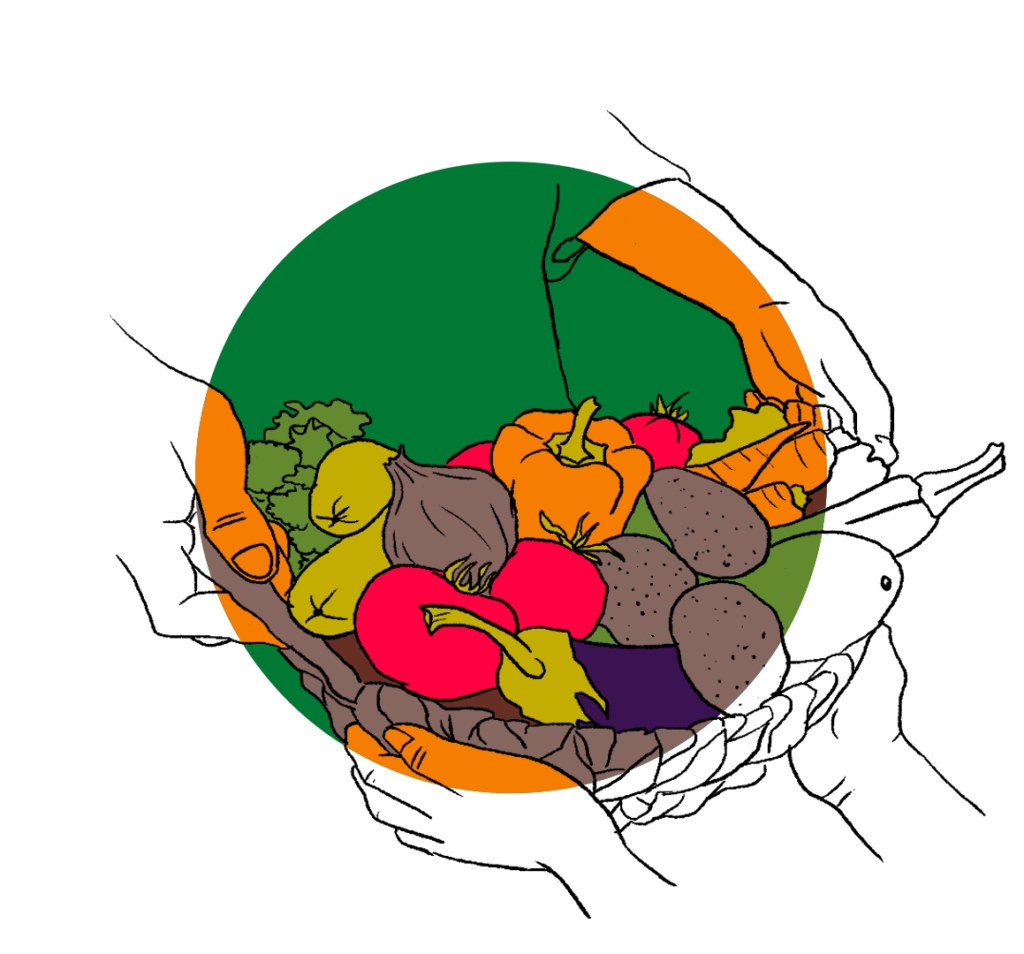In Colombia, an orange economy programme to establish creative and cultural districts has the potential to deliver broad impact and transform the nation’s cities.
Taking a chance on the joint forces of the creative economy, urban development and impact investing as vehicles for social change is rooted in the hope of generating environments in which culture and creativity inspire society to become better and lead the way to a new economy. Achieving this will foster economic and social wellbeing, as well as the intangible capital that results as culture permeates the fabric of society.
The huge challenges confronting Latin American societies represent a sea of opportunities for transformative projects. Densely populated and oftens chaotic, although always vibrant, cities continue to grow daily and require solutions, alternatives and infrastructure to meet the growing pressures that development always brings. Meanwhile, a creative class of artists, creators, entrepreneurs and innovators are daily gaining ground in international and local markets. Not only do they prove their value and influence, but they highlight the need for strengthened efforts to resolve the bottlenecks that stop development from reaching its full potential. At Coolture, we believe artists and cultural entrepreneurs benefit enormously from supportive local environments and from cluster strategies in which proximity to other creative industries boosts cross-fertilisation, encouraging natural co-creations. The soft power generated in such domains becomes an intangible asset that we hope cities and the creative class can fully harness.
Keeping this vision in mind, we created Coolture Investments in 2014, with a focus on developing the creative industries. We realised early on the constraints facing the art world and its most pressing needs. In 2017, we became part of the orange economy strategy to coordinate actions in the region and generate a stronger economy. This involved concentrating not only on creators and their industries, but the creative economy in general. In Colombia, local work in public policy was galvanised by the 2018 national commitment to prioritise the orange economy, creating a field in tune with our vision, track record and experience. We focused our efforts on achieving the greatest impact possible by establishing the country’s first creative and cultural district – or Orange Development Area (ADN), as designated by the national government. The national development plan committed to the creation of five ADNs in the government’s four years in office, and the proposal has been so successful that 35 different cities and municipalities around the country have already pledged to join. Our initial focus was on the San Felipe neighborhood in Bogotá, renowned for more than a decade as one of Colombia’s visual arts epicenters, and now a melting pot of all creative industries.
The project is not without its challenges. A cultural and creative district represents a commitment to change the landscape, build new infrastructure to meet housing deficits, create work, provide leisure and cultural venues, offer transportation, and deliver anything else required by urban development, while still focusing primarily on boosting the growth of industry and the creative class. The impact, of course, is on the entire community – possibly transforming a city forever.
We approached our strategic planning process, on the one hand, by investigating these types of phenomena in other parts of the world, to identify best practices for authentic, local and collaborative development, protecting local commodities, and avoiding the usual pitfalls, such as gentrification and real-estate speculation, that would ultimately wreck the projects.
On the other hand, we work with some of the world’s best-known groups devoted to sustainable urban development. We aim to create an international case study concerning the design of long-term value propositions, aligning these new districts with the best global practices in new urban settings. Our goal is to achieve an adaptive transformation that provides a better balance between the culture of the place, financial resources, city planning strategies and constructability.
Artists and cultural entrepreneurs benefit enormously from supportive local environments and from cluster strategies in which the proximity to other creative industries boosts cross-fertilisation
Another challenge is integrating social partners: on the one hand, all private stakeholders with a major role promoting these districts; on the other, regional and national levels of the public sector. All of them are striving to achieve the best synergy to broaden and expand cultural and urban development goals, generate employment, address deficits and tackle all relevant drivers for these districts to achieve the greatest possible impact, always prioritising the 17 Sustainable Development Goals (SDGs). In 2019, we managed to be declared a Project of National and Strategic Interest (PINE) by the presidency of the republic and the Ministry of Industry and Commerce. Our aim was to speed up development and to create solutions for the challenges posed by such large-scale projects.
Finally, there is the financial challenge – a capital-intensive challenge that has required all our financial creativity. Working together with the best investment banks and financial consultants, we generated our own equity fund, with a tenet and design that are unique in the region, because of the need to create sound conditions in a highly volatile country and region. We have worked to design strategies ranging from low-risk investments backed by assets with repurchase agreements to cross-currency swaps used to hedge foreign capital investments. We have established long-term relationships with diverse investor profiles, beyond traditional investment funds.
This approach to setting up a territorial creative development model has started to bear fruit in the cities of Colombia. In the first quarter of 2021, we have branched out to other cities in Latin America and Europe to create cooperation and growth networks and to generate value in the world. This will accomplish change at the intersection of the creative economy, urban development and impact investing.








